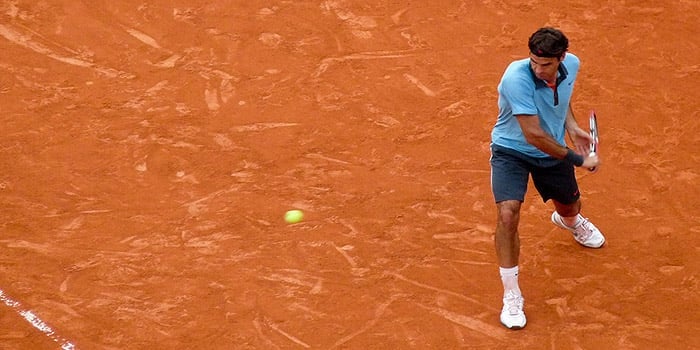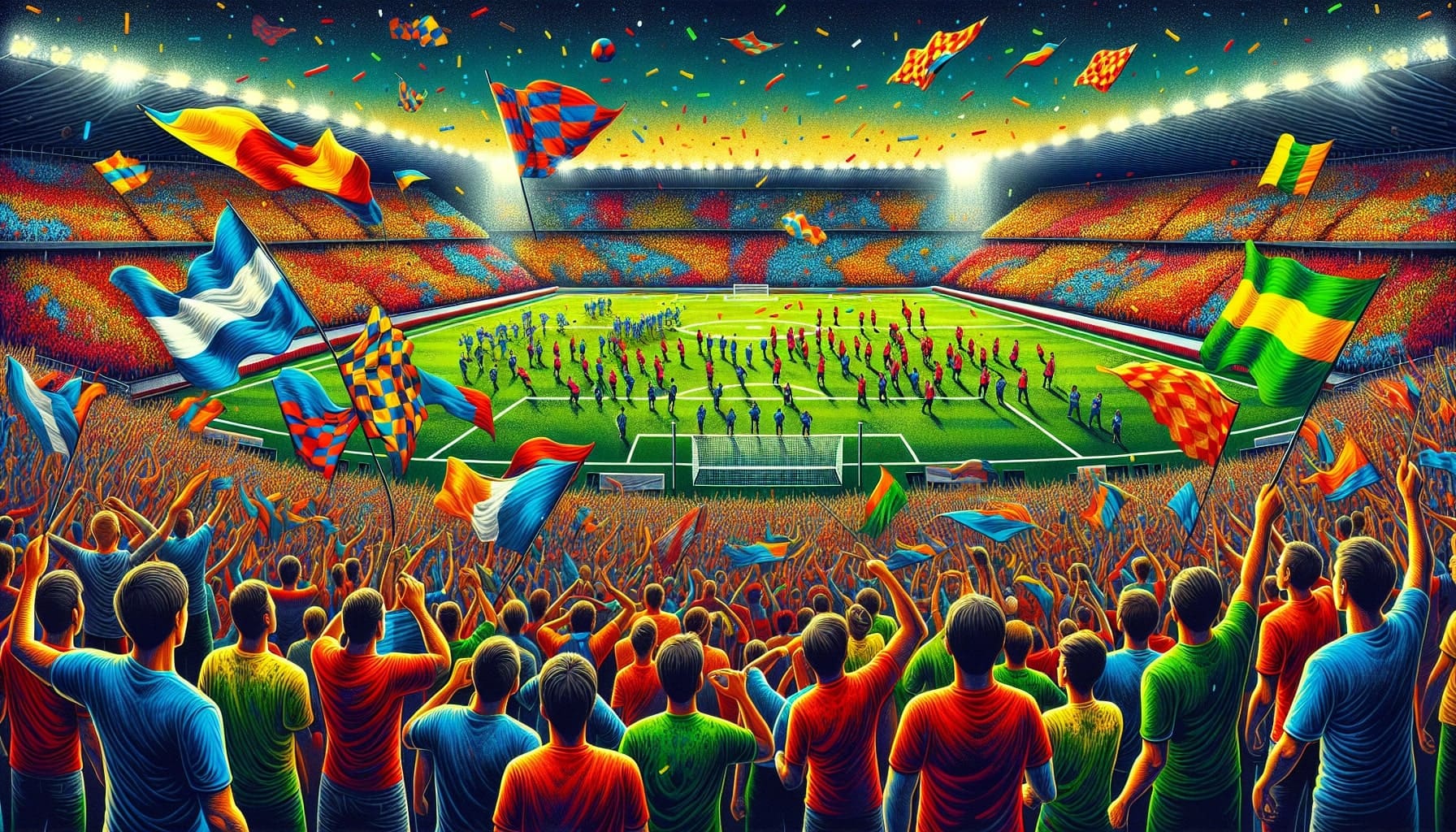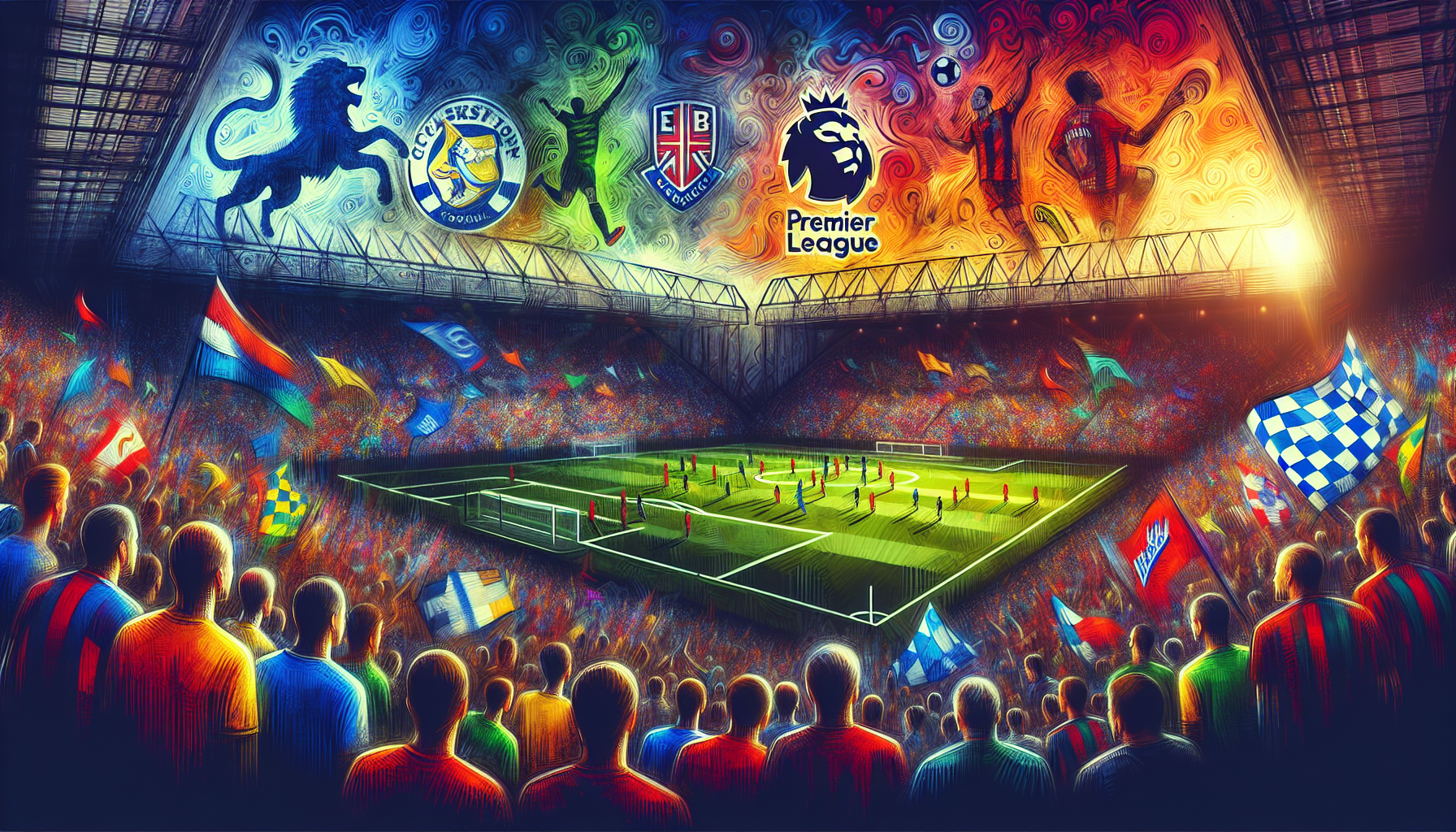The Exclusive Guide to the French Open: Roland Garros 2016
One of two Grand Slam tennis events held in Europe, the French Open has long been a proving ground for the top tennis players in the world. Indeed, from relatively humble beginnings at the Tennis Club de Paris to an international spectacular inside Stade Roland Garros, the French Open now draws millions of viewers, offers millions in prize money and provides the toughest clay court test for the sport's leading stars.

The History of the French Open
The French Open was originally held at the Tennis Club de Paris before a series of changes finally saw the event settle at the now iconic Stade Roland Garros. In fact, since making the move to a new location, the French Tennis Open has become so synonymous with its new venue that it's often called: Roland Garros. However, before the Grand Slam gained an affectionate nickname and Stade Roland Garros welcomed a slew of international tennis talent, the French Open was known as the Championnat de France. Founded in 1891 and only open to members of French tennis clubs, the national event was ironically won by a British player, H. Briggs, who was a Paris resident at the time. Following that initial event in Île de Puteaux, the national event then moved between the Racing Club de France and the Société Athlétique de la Villa Primrose, before settling at the Tennis Club de Paris in 1895. Alongside the growth of the Championnat de France, the World Hard Court Championships also attracted the attention of the tennis world after it got underway inside Stade Français in 1912. At this point in history the roots of evolution become somewhat tangled; however, the end result was a singular championship that was opened up to women in 1897 and then international players in 1925. For three years the annual event alternated between Stade Français and Racing Club de France before moving to the newly built Stade Roland Garros in 1928.
The Dynamics of the French Open
The French Open is known as the toughest clay court event in the world and the dynamics of the court are such that many elite players often struggle inside Stade Roland Garros. Clay courts offer a slower surface than hard and grass courts, which limits the amount of bounce high-octane servers can achieve. The end result of this is a reduction in serve and volley points and an increase in the number of drawn-out rallies. When extrapolated out over the course of five sets, this dynamic becomes extremely taxing and that's why many top pros often point to the French Open as an extreme challenge on the international circuit. Beyond the physical challenges of Roland Garros, the magnitude of the tournament is now such that players are subject to a huge amount of pressure when they step into the two show courts. On top of playing in front of 30,000 players on Philippe Chatrier Court and Suzanne Lenglen Court, the French Open attracts a global audience of millions and that means the prize money on offer is now worth in excess of £25 million.When Does the French Open Start?
Roland Garros tickets are like gold dust and tennis fans will often clamber to get the best seats well in advance. Of course, if you're looking to beat the rush, it pays to know when the tournament starts. Officially, the French Open 2016 will start on May 22 and conclude with men's singles final on June 5.French Open Tips: The Players to Watch
As stated, the clay court set-up favours players with strong forehand games and that has meant a number of French and Spanish players have dominated the Grand Slam in recent years. Because these players spend the majority of their formative years playing on clay, they are much more used to its pace and nuances than players from traditionally fast-court countries such as the UK and the US. In 2015 the winners were Stan Wawrinka and Serena Williams, but which players should you be looking out for at Roland Garros 2016? Men:- Stan Wawrinka
- Novak Djokovic
- Rafa Nadal
- Andy Murray
- Roger Federer
- Serena Williams
- Maria Sharapova
- Simona Halep
- Victoria Azarenka
- Garbine Muguruza
Things to do outside of the French Open
If you managed to secure French Open tickets, you'll also want to explore the surrounding area. Stade Roland Garros can be found at Bois de Boulogne in Paris's 16th arrondissement and that means you're just a few Metro stops from some of the Paris' top tourist attractions. However, beyond common landmarks such as the Eiffel Tower, the Arc de Triomphe and The Louvre, Stade Roland Garros is close to the second largest public park in Paris. Created in 1852, the 2,090-acre park is more than twice the size of New York's Central Park and contains a wealth of landscaped gardens, a zoo, several lakes and an amusement park. When there's a break in the action at Roland Garros 2016, Bois de Boulogne is the perfect place to take enjoy the scenic beauty of Paris and reflect on one of the most impressive tennis Grand Slams in the world.[su_button url="https://www.ticketgum.com/french-open--roland-garros-tickets" background="#d36733" size="20" wide="yes" radius="0"]Get Roland Garros Tickets[/su_button]
Blog categories
Also on Ticket Gum
In-Depth Review of the Tottenham vs Man United Match Experience

In the latest Tottenham vs Man United match, we dive into the game highlights, key moments, and fan experiences. Discover what happened on the field and what it’s like to attend one of these highly anticipated matches.
Top Football Premier League Fixtures for 2024/25 Season

Curious about the upcoming football Premier League fixtures for the 2024/25 season? This article covers all the key matches and dates you need to know, ensuring you stay up-to-date with your favorite teams’ schedules.
Key Takeaways
-
The 2024/25 Premier League season starts on August 16, 2024, with Manchester United facing Fulham, setting a competitive tone for the season.
The World’s Most Football-Crazy Countries

With around 3.5 billion fans worldwide, football is the single most popular sport in the world, harnessing the power to captivate nations like no other sport.
Modern football, as we know it today, originated in 19th-century England, but the present-day
Ranked: The Top 10 Best Stadiums in the World

It’s known as ‘the beautiful game’ for a reason. In the world of football, where passion and camaraderie converge, stadiums serve as the majestic arenas where dreams are made, legends are born, and history is written. From the roar of the crowd to the excitement of penalty shootouts, stadiums aren’t just a place to watch this incredible sport: they’re also a place for communities to gather.
Which Country Has the Fastest Footballers on FIFA?

Football is a sport that transcends borders, cultures, and languages — uniting fans around the world in their love of the game. The same rings true for EA’s FIFA 23.
Speed is a key factor in the game, and indeed the sport as a whole.

